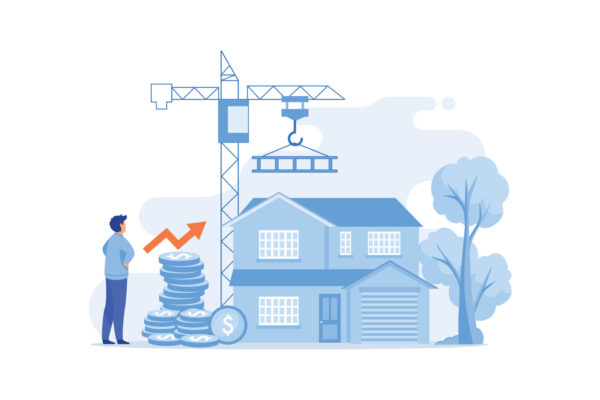I recently joined a discussion hosted by CSQ on the future of Los Angeles real estate alongside Rams COO Kevin Demoff and former Deputy Treasurer of California Jovan Agee.
I expected us to provide different perspectives regarding current development challenges in L.A. and California, but we all agreed on one thing—the current real estate climate in Los Angeles and numerous other cities throughout California is detrimental to the state-mandated building of 2.5 million homes by 2030, with 1 million of those homes allocated to lower-income families. What happens if these mandates aren’t met? Among other things, the homeless crisis will intensify significantly.

From permitting and entitlements to prevailing wage and supply costs, the current processes and subsequent obstacles often lead to increased costs and delayed development timelines. So, what will it take to streamline the process to achieve government mandates while incentivizing developers? It starts with individuals.
An excellent example is James Butts, mayor of Inglewood, Calif. Over a decade ago, Inglewood had a reputation for crime and a floundering economy. Under Mayor Butts’ vision, Inglewood is now a thriving community housing three professional sports teams (NFL teams the Rams and the Chargers, and the NBA’s Clippers) and actively facilitating business growth, improved infrastructure, and revitalization. Mayor Butts has also slashed debt while simultaneously building wealth for its citizens. A recent article in the Los Angeles Times noted that, in Inglewood, crime rates are at record lows, unemployment has gone from 17.5% down to 4.7%, and property values have increased more than 200%.
While the Rams were completing SoFi stadium, Forbix acquired an office building in Inglewood within walking distance of the new state-of-the-art arena and are currently converting the property into a mixed-use project with 65 residential units, fitness center, rooftop entertainment space, restaurant, and coffee shop. In essence, our project is a microcosm of SoFi stadium. By creating housing with access to dining and social and recreational activities, the living spaces we’re creating become their own desirable communities.

Professional sports teams generally command billions of dollars that help facilitate development in almost any location, but small and midsize developers benefit significantly when working with development-friendly cities like Inglewood where the political/administrative infrastructure supports expediting the process. Other cities, big and small, throughout the state can do what Mayor Butts did.
While developers, including Forbix, enjoy executing projects that benefit communities by providing housing and supporting businesses, there are always bottom-line considerations—the financials and time frames must make sense. With higher interest rates, rising costs, and other economic factors, it will take a dedicated effort to make the changes necessary to streamline the A through Z of property development. The good news is it only takes one person to get the ball rolling.
In 2001, Emil Khodorkovsky began his career at a mortgage company and quickly advanced to become a partner of the firm. During his tenure, he began investing in real estate through private trust deeds, acquisition of performing and non-performing debt, and properties.















































